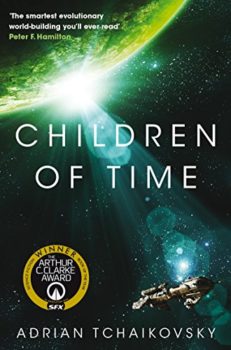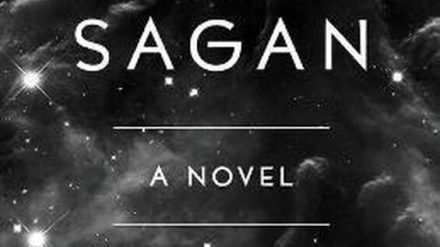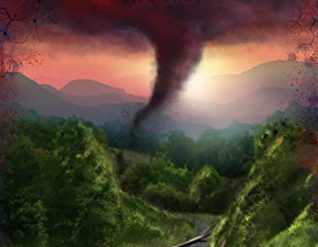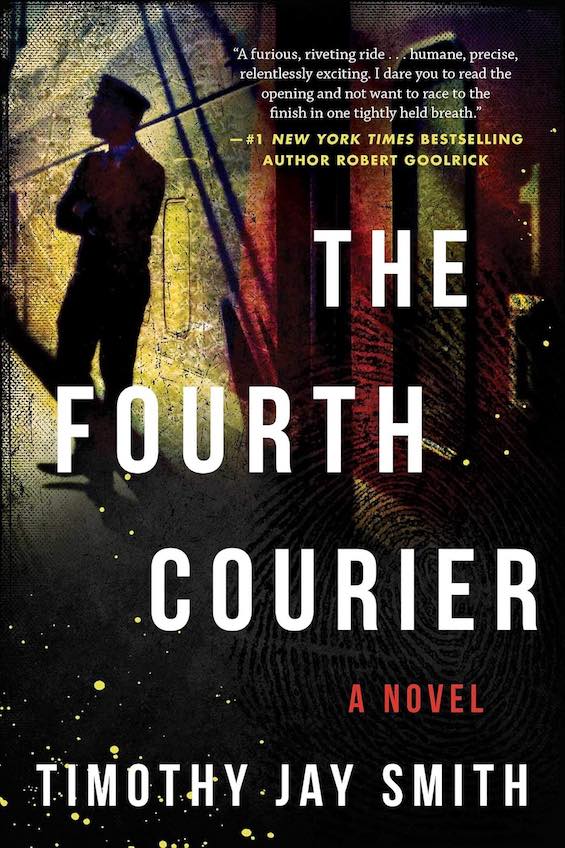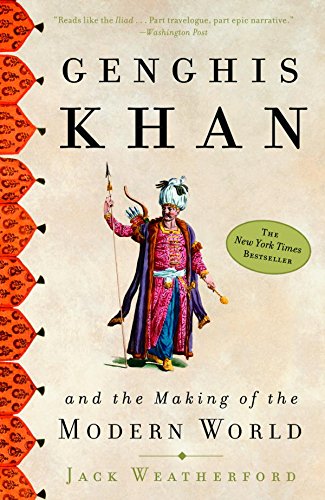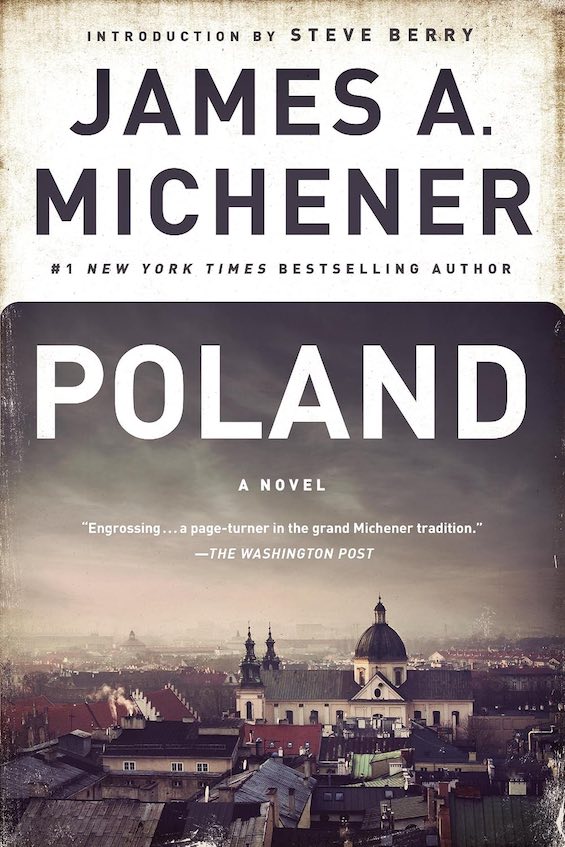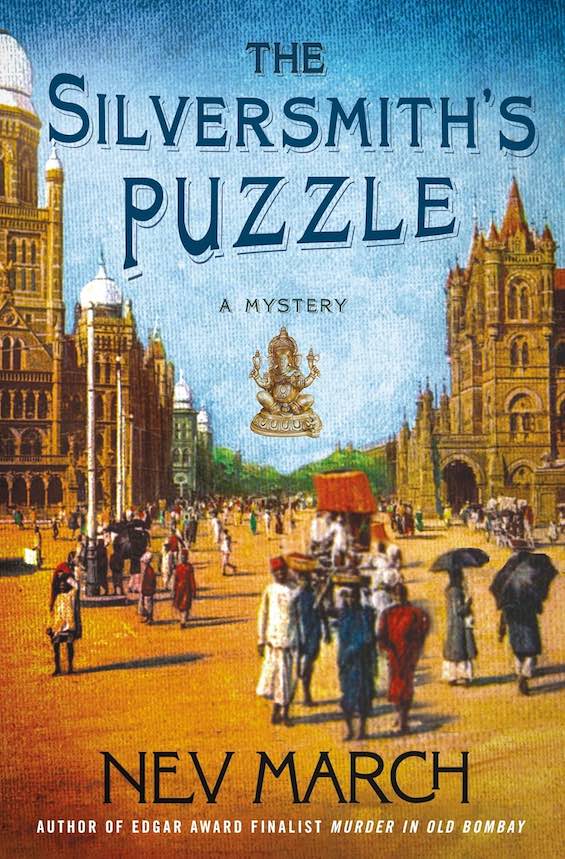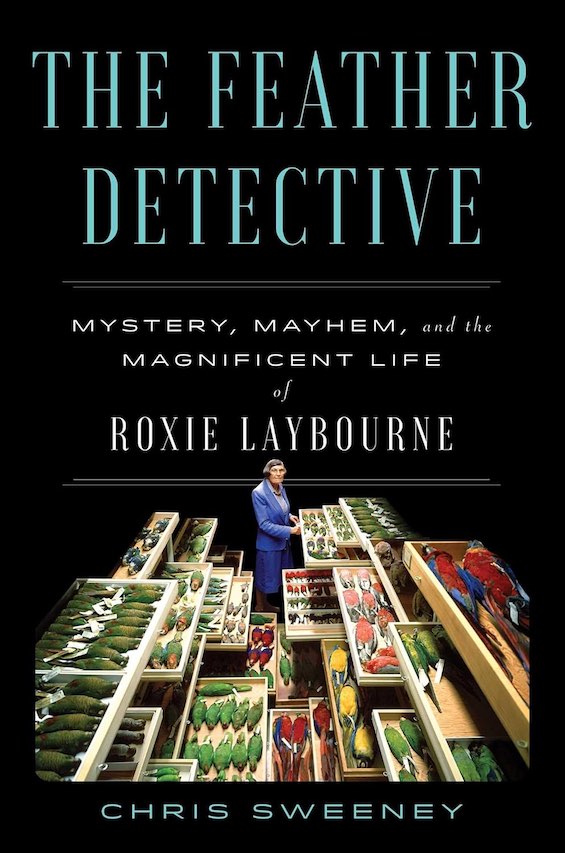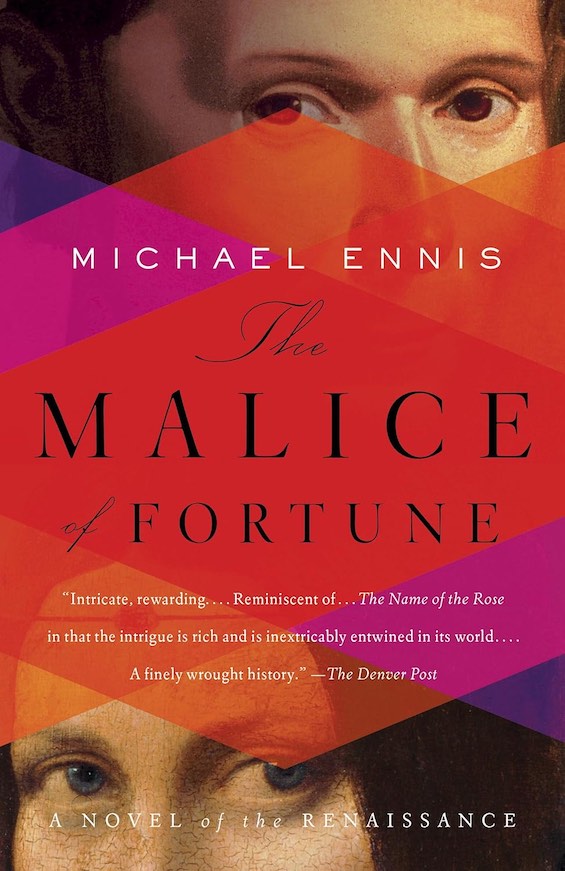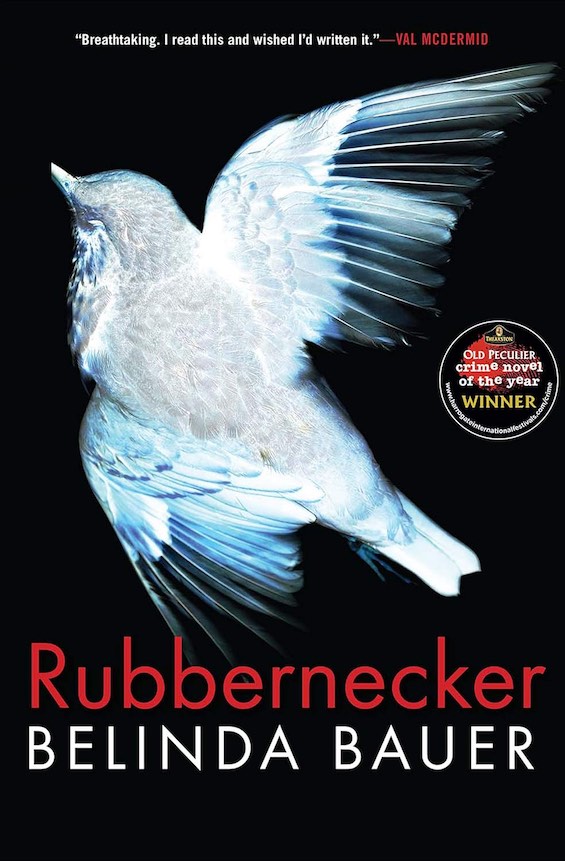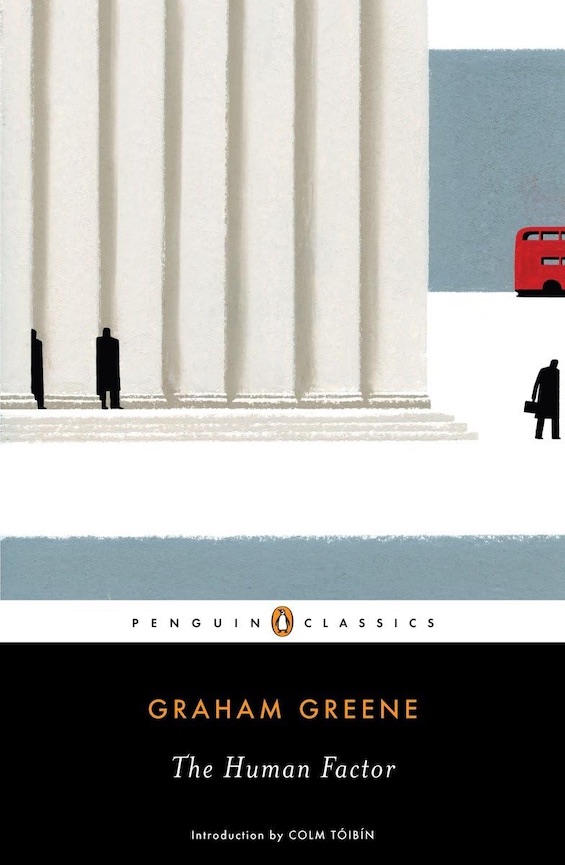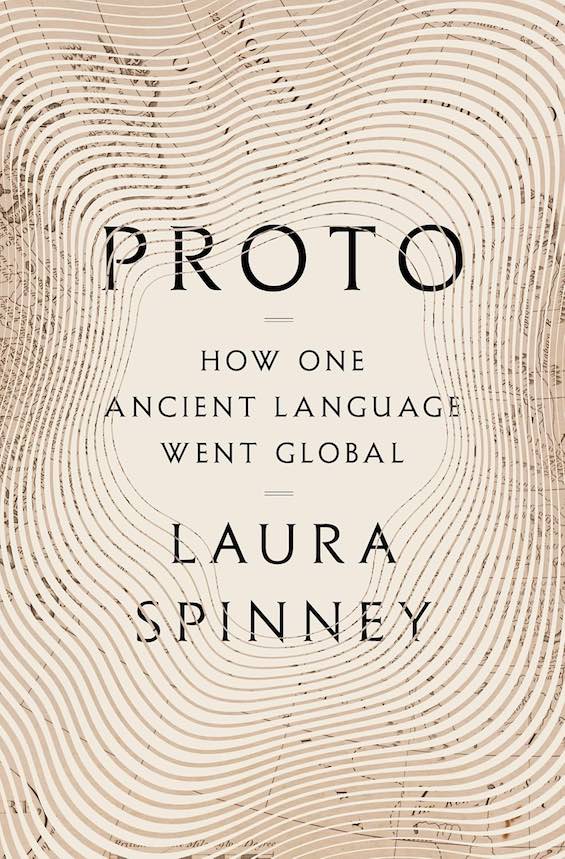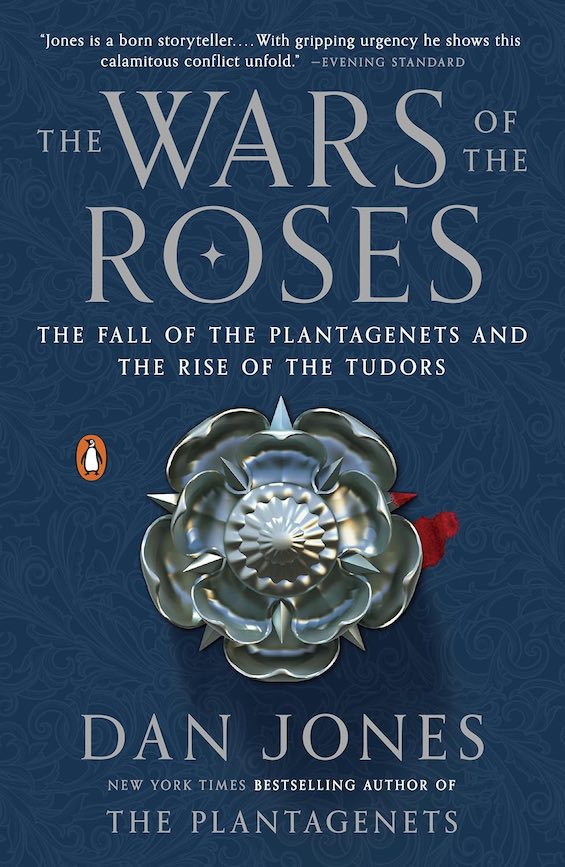Estimated reading time: 4 minutes
Tens of thousands of years after Earth has self-destructed in a horrific civil war, humanity has once again reached for the stars. They have left behind the Old Empire, which spanned Earth and several of the solar system’s gas giant moons. Eventually, near-lightspeed interstellar ships began to spread through the galaxy, terraforming the most likely planets where Homo sapiens might find new homes.
Civil war has rendered Earth lifeless
Now, the technology of the Old Empire has been lost to time. Mere hints of that technology are accessible only to the classicists who labor to translate the old, dead languages of the meager records that survived the Empire’s destruction. But the toxic wastes the war left behind have gradually rendered Earth lifeless. Now humankind cannot rebuild where it has lived for millions of years. The remnants of the human race have set out to relocate elsewhere in starships, each of which houses a half-million people in stasis.
Children of Time (Children of Time #1) by Adrian Tchaikovsky (2015) 513 pages ★★★★★
Winner of the 2023 Hugo Award for Best Series
In Adrian Tchaikovsky’s outstanding science fiction epic, Children of Time, one of those immense lifeboats is approaching the nearest terraformed planet after a journey of nearly 2,000 years. What they will encounter there is a nightmare: the unintended consequences of a biological experiment carried out by a lone survivor of the Old Empire: Doctor Avrana Kern.
A mad scientist and her dream of accelerated evolution
In fact, it was Kern’s vision that was the proximate cause of the civil war that destroyed the empire. She had set out for the newly green planet with thousands of monkeys, intending to release them on the surface to build a new, untainted civilization made possible by a nanovirus that will speed up their evolution into thinking beings. Through accelerated evolution, Kern is convinced they will achieve what had eluded the human race: civilization without war. Aided by “the virus that would accelerate the monkeys along their way—they would stride, in a mere century or two, across physical and mental distances that had taken humanity millions of long and hostile years.”
A cautionary tale of unintended consequences
Kern is, of course, quite mad. Her plan had triggered massive opposition and ultimately civil war within the Empire. And the scheme goes awry no sooner has her ship arrived in orbit around the green planet. Accelerated evolution will take root on the surface, because the nanovirus has been released, but not among the monkeys. The monkeys are all dead. The beneficiaries are the invertebrates introduced through terraforming and already living in large numbers on the planet: spiders, ants, shrimp, beetles.
Tchaikovsky skillfully advances the threads of his tale through short, alternating chapters set on the planet’s surface among the evolving spider population and on board the lifeboat bearing the remnants of humanity. A clash is inevitable. What remains to be seen is which species will dominate the others, and with what consequences.
About the author
Adrian Tchaikovsky (or Czajkowski) is a Polish-British fantasy writer best known for the 10-book Shadows of the Apt series. Children of Time is his sole science fiction work in novel form. Tchaikovsky was born and lives in England. He is a lawyer.
For related reading
You’ll find my review of the sequels to this novel at Children of Ruin (An award-winning series continues) and Children of Memory (This extraordinary series won the Hugo Award). And the author is included among Ten new science fiction authors worth reading now.
I’ve also reviewed three of Adrian Tchaikovsky’s other novels:
- The Expert System’s Brother – An exceedingly clever science fiction story
- Walking to Aldebaran – A science fiction novel that reads like a fever dream
- Firewalkers – A dismal, dystopian future where the climate has run amok
You’ll find this book on The 40 best books of the decade from 2010-19 and 10 great medical and biological thrillers. It’s also one of The 7 best techno-thrillers.
For more good reading, check out:
- These novels won both Hugo and Nebula Awards
- The ultimate guide to the all-time best science fiction novels
- 10 top science fiction novels
- The top 10 dystopian novels
- Good books about space travel.
And you can always find my most popular reviews, and the most recent ones, on the Home Page.


